Strengthen Your Vehicle with a Strut Tower Brace
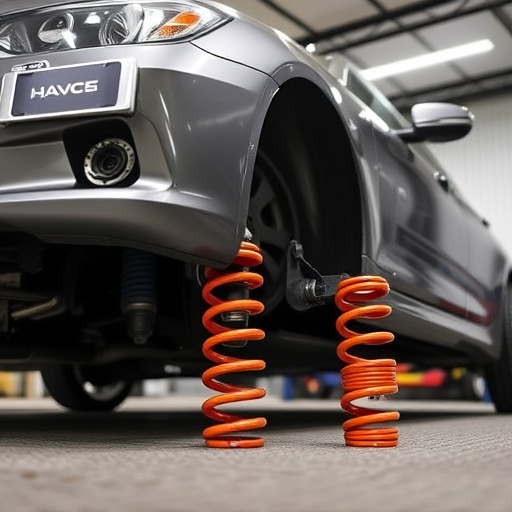
A strut tower brace strengthens vehicle suspension by securing upper control arms to the strut tower…….
Welcome to an in-depth exploration of the crucial automotive component, the strut tower brace. In the ever-evolving world of vehicle engineering, this seemingly unassuming part plays a pivotal role in ensuring structural integrity and enhancing driving dynamics. This article aims to unravel the complexities of strut tower braces, offering readers a comprehensive understanding of their purpose, development, global impact, and future potential. By delving into various aspects, from technical specifications to economic implications and regulatory landscapes, we will uncover the significance of this essential automotive component.
A strut tower brace, often referred to as a front strut tower bar or lower control arm bracket, is a structural element primarily found in modern automobile suspensions. It serves as a critical connector between the vehicle’s frame and suspension components, particularly the struts or shock absorbers. The core components typically include:
The concept of strut tower braces originated in the late 20th century as automotive engineers sought ways to improve vehicle handling and stability. Traditional suspensions relied heavily on complex systems of springs and shock absorbers, often leading to excessive body roll and reduced cornering capabilities. To address these issues, manufacturers introduced struts, which combined springing and damping functions, offering better control and ride quality.
Strut tower braces evolved alongside these advancements, becoming integral to the development of front-wheel-drive (FWD) and all-wheel-drive (AWD) vehicles. Their primary function is to transfer suspension forces directly to the vehicle’s chassis, reducing the strain on other structural components and enhancing overall rigidity. Over time, materials and manufacturing techniques have improved, leading to lighter, stronger, and more efficient braces.
The impact of strut tower braces is not limited to a single region; it has become a global phenomenon, revolutionizing vehicle design and performance worldwide. Key factors driving this trend include:
Different regions have witnessed unique developments in strut tower brace technology:
| Region | Trend | Significance |
|---|---|---|
| North America | Increased use of high-strength steels and aluminum alloys | Enhances vehicle safety and reduces weight, catering to stringent NHTSA (US National Highway Traffic Safety Administration) standards. |
| Europe | Advancements in laser welding techniques | Improves brace rigidity and precision, leading to better handling characteristics in European vehicles. |
| Asia-Pacific | Integration of advanced materials like carbon fiber composites | Offers lighter alternatives for hybrid and electric vehicles, addressing energy efficiency concerns. |
The global strut tower brace market is a significant segment within the broader automotive parts industry. Key factors driving its growth include:
Manufacturers and suppliers have recognized the potential of strut tower braces, leading to:
One of the most significant technological advancements in strut tower braces is the introduction of advanced materials:
Technical breakthroughs have revolutionized strut tower brace design:
The future holds immense potential for technological advancements in this domain:
The development and use of strut tower braces are governed by stringent international policies and regulations:
Governments worldwide have implemented various legislative measures:
Despite its numerous benefits, the strut tower brace technology faces certain challenges:
To ensure sustainable development, the industry should consider:
Audi, a renowned luxury vehicle manufacturer, has consistently pushed the boundaries of suspension technology. In their flagship models, Audi employs sophisticated strut tower braces crafted from high-strength aluminum alloys. These braces contribute to the vehicles’ exceptional handling and precision cornering. The company’s focus on lightweight materials, combined with advanced manufacturing techniques, has set a new benchmark for performance and fuel efficiency in premium vehicles.
Toyota, known for its innovative all-wheel-drive systems, uses strut tower braces as a critical component in its advanced suspension designs. Their RAV4 model features a unique front strut tower brace made from high-strength steel, enhancing the vehicle’s stability and control during diverse driving conditions. This application demonstrates how strut tower braces can significantly impact vehicle dynamics while maintaining cost-effectiveness.
These case studies highlight the successful integration of strut tower braces into premium and mass-market vehicles. Key takeaways include the importance of:
The future of strut tower braces is poised for exciting developments:
Potential growth areas include:
To capitalize on future opportunities:
In conclusion, the strut tower brace is more than just a mechanical component; it is a testament to automotive engineers’ relentless pursuit of safety, performance, and efficiency. This comprehensive analysis has revealed its historical evolution, global impact, economic significance, technological advancements, regulatory considerations, and future prospects. As the automotive industry continues to evolve, strut tower braces will remain an essential element in shaping the driving experience, ensuring vehicles deliver on their promises of safety, handling, and durability.
Q: What is the primary function of a strut tower brace?
A: The primary function is to connect the vehicle’s suspension struts to the chassis, providing structural support and enhancing the overall rigidity of the suspension system.
Q: How do strut tower braces contribute to vehicle safety?
A: By securely attaching suspension components to the chassis, they help maintain proper suspension alignment during collisions, reducing the risk of excessive body roll and improving overall stability.
Q: Can strut tower braces be customized for specific vehicles?
A: Absolutely! Manufacturers often offer customizable options or work closely with automakers to design braces tailored to unique vehicle configurations and performance requirements.
Q: Are there any environmental benefits associated with strut tower braces?
A: Yes, lightweight materials used in strut tower braces contribute to reduced vehicle weight, leading to improved fuel efficiency and lower carbon emissions.
Q: What are the challenges in producing high-performance strut tower braces?
A: Challenges include ensuring thermal stability, maintaining cost-effectiveness while using advanced materials, and addressing customization needs for diverse vehicle models.

A strut tower brace strengthens vehicle suspension by securing upper control arms to the strut tower…….
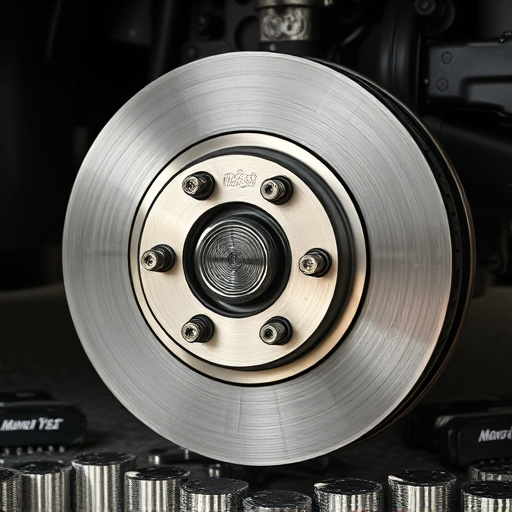
Strut tower braces optimize vehicle performance and stability by reinforcing strut-chassis connectio…….
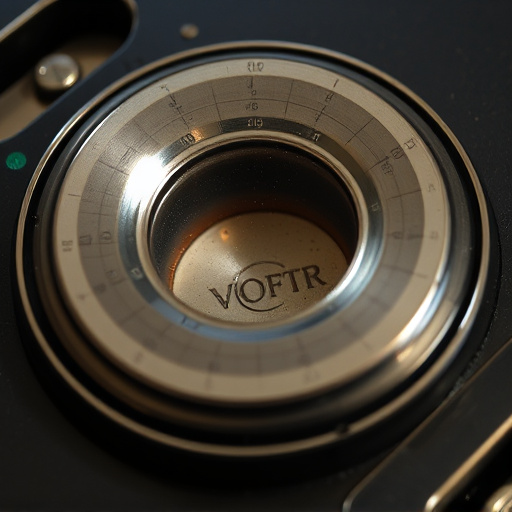
Strut tower braces (STBs) reinforce chassis connections, reducing vibrations and stress caused by un…….
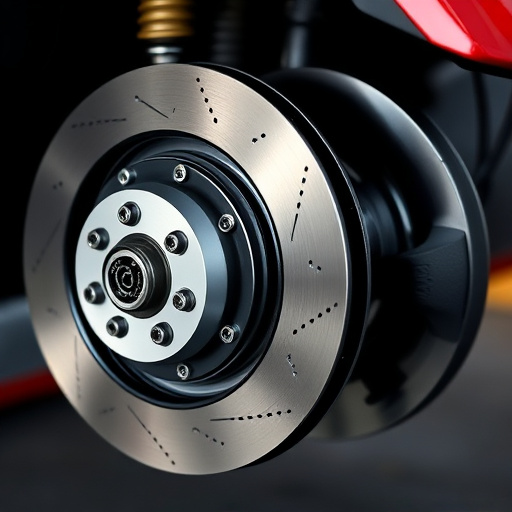
A strut tower brace is a crucial component for high-performance cars, reinforcing the front suspensi…….
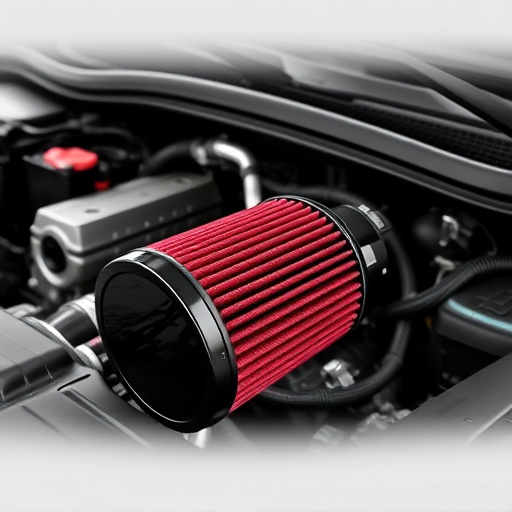
A strut tower brace strengthens the connection between suspension and chassis, instantly improving v…….
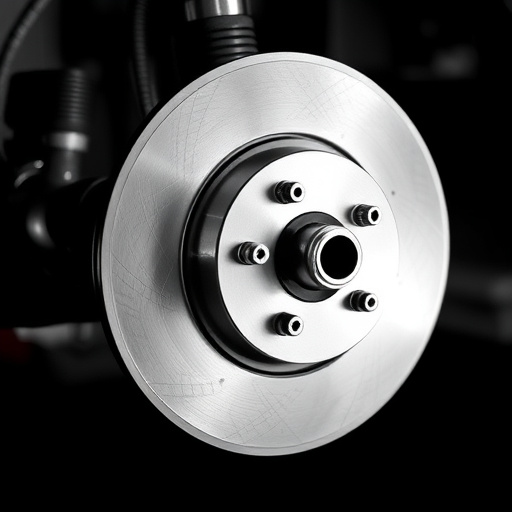
A strut tower brace is a crucial component for modified vehicles, reinforcing the connection between…….
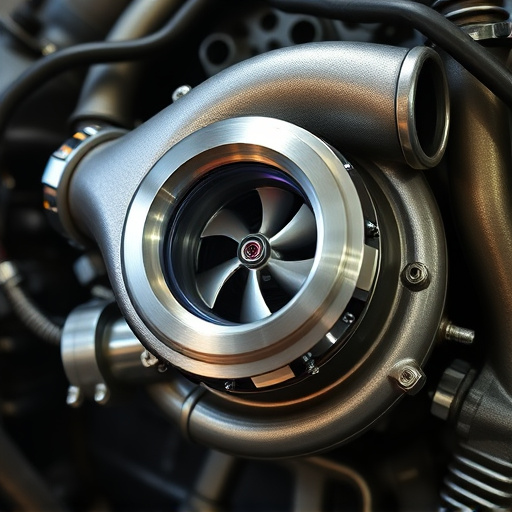
Strut tower braces, connecting suspension to chassis, enhance vehicle stability and handling by redu…….
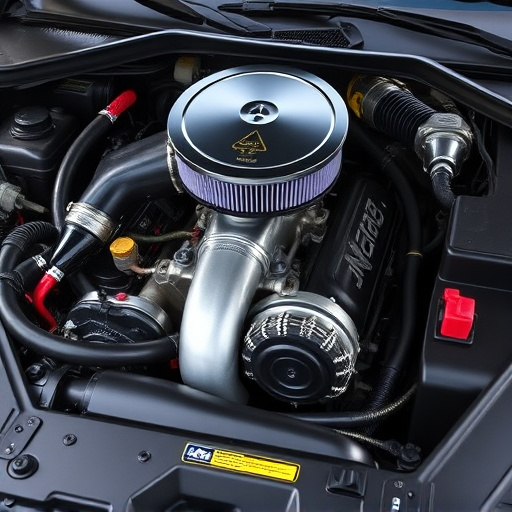
A strut tower brace is a vital automotive part that connects the upper control arm to the chassis, m…….
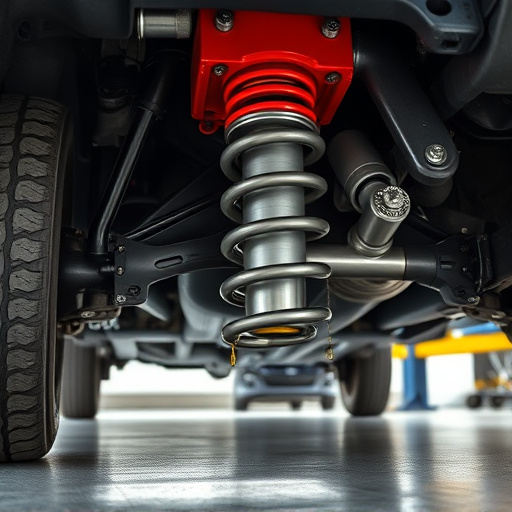
Strut tower braces are essential for lowered suspensions, providing stability and supporting perform…….